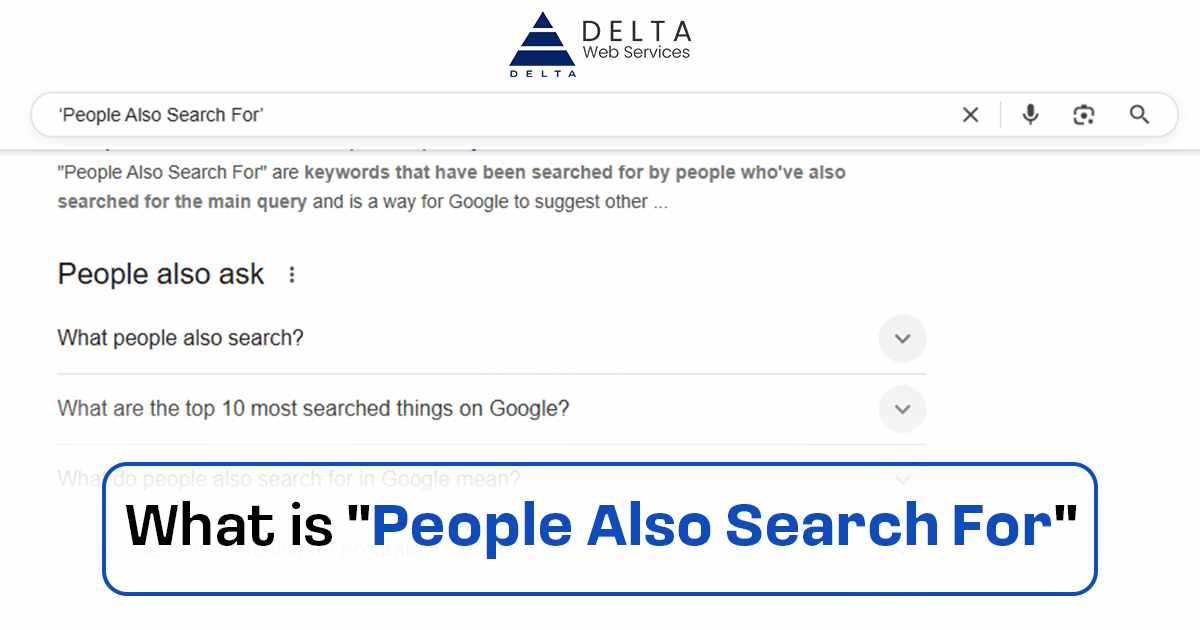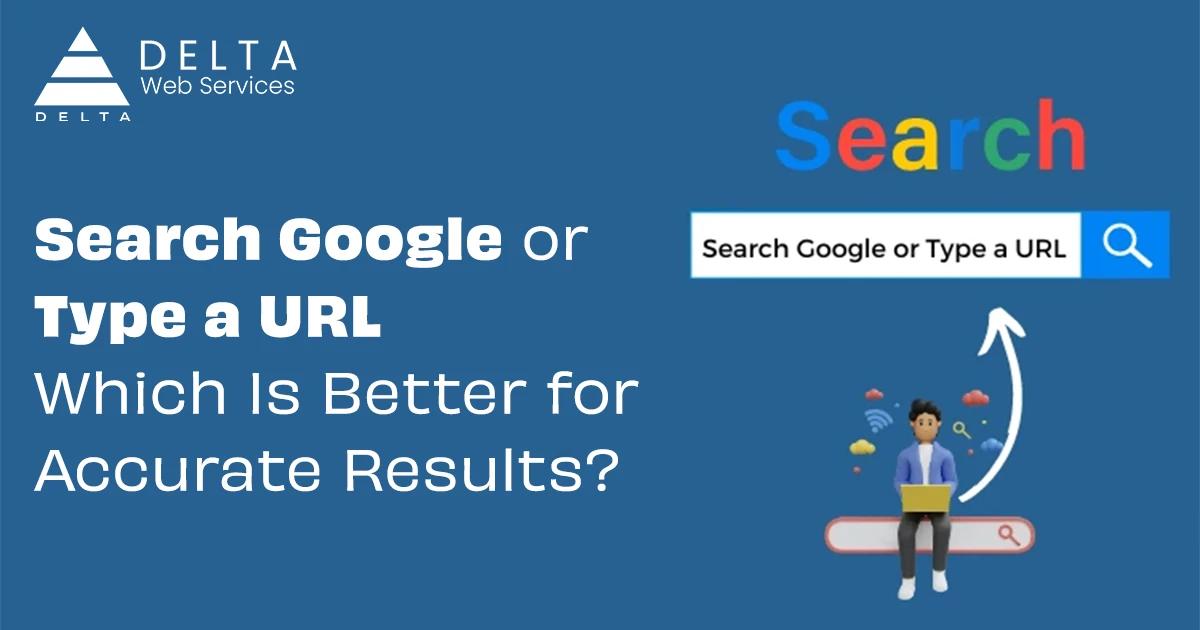
When you Google something, you’ve likely noticed a small box that pops up after you click and return to the results — titled “People Also Search For” (PASF). While often overlooked, this little section holds massive SEO potential.
In this guide, we’ll explore why PASF matters, how to find and use this data, and why it can be a hidden goldmine for boosting search traffic and creating more relevant content.
What is the “People Also Search For” Section?
The “People Also Search For” box appears beneath search results when a user clicks a link and then quickly returns to the search engine results page (SERP). It displays related keyword queries based on user behavior and intent — often phrased differently from the original query, yet contextually relevant.
Why Google Displays These Related Queries
Google’s main goal is to improve user experience. If a user doesn’t find what they’re looking for in the first result they click, Google offers alternative search terms to help refine the search journey.
This behavior-based feature reflects real-time user interest and search patterns, making it a goldmine for SEOs who want to tap into closely related queries and long-tail keywords.
Why the People Also Search For Section is a Goldmine for Traffic
1. Revealing Hidden Keywords and Related Searches
PASF surfaces low-competition, long-tail keywords that tools like Google Keyword Planner might miss. These are often question-based or semantically linked phrases with real search volume.
2. Understanding Audience Behavior and Intent
Since PASF is triggered when users bounce back to the search page, it tells us what users really want to know but didn’t find initially. That’s insight money can’t buy.
3. Opportunities for Creating Content Around Specific Queries
These related searches make for perfect blog post ideas, FAQs, or subheadings in your existing content. If someone’s searching it, you can rank for it.
4. Enhancing Content Depth and Relevance for SEO
Integrating PASF keywords naturally into your content helps enhance topical authority and boosts your relevance signals to search engines, especially with Google’s AI-driven updates.
How to Find PASF Data
1. Manual Method
Google your target keyword.
Click the result, then hit the back button.
Look for the “People Also Search For” section below that link.
Note the related keywords manually.
While free and easy, this method is limited and time-consuming for large-scale analysis.
2. Using AIOSEO’s Keyword Rank Tracker
If you're using All in One SEO (AIOSEO), the Keyword Rank Tracker can automatically surface PASF terms as part of its keyword analysis. It’s a faster and more efficient way to gather high-intent search data for your content strategy.
Using “People Also Search For” Data to Optimize Your Content
1. Incorporate Keywords Strategically
Naturally place PASF terms in:
Subheadings (H2, H3)
FAQ sections
Product/service descriptions
Meta descriptions and titles
This not only improves SEO relevance but also matches content with real user queries.
2. Content Creation Ideas
Use PASF to:
Brainstorm blog topics
Create how-to guides
Expand your content cluster around a keyword
Add FAQs that answer real user questions
3. Internal Linking Opportunities
Use PASF queries to connect related blog posts or pages on your site. This improves crawlability and gives users a more seamless experience.
4. Combining People Also Search For with Other SERP Features
Blend PASF insights with:
People Also Ask (PAA) boxes
Related searches at the bottom of the page
Google Trends and autocomplete
Together, these create a 360° view of user intent, helping you dominate semantic search results.
How to Use Google’s People Also Search For Section: Your FAQs Answered
What is the “People Also Search For” Section?
It’s a Google SERP feature that displays related searches based on user behavior — particularly when a user clicks on a result and quickly returns to the SERP.
Are PASF Keywords Low Competition?
Often, yes. Many PASF terms are long-tail, less competitive, and represent untapped SEO opportunities — especially in niche markets.
How can I use the People Also Search For section for SEO?
Use it to:
Discover new keywords
Expand content topics
Improve on-page optimization
Answer related user queries directly
Increase dwell time and relevance
Final Thoughts
The “People Also Search For” section is no longer just a curiosity — it’s a strategic resource for smart marketers and SEO professionals. Whether you're a content creator, blogger, or digital agency, tapping into PASF can help you drive more traffic, build topical authority, and better serve user intent.
So the next time you're planning content, don't stop at keyword tools. Take a detour into PASF — you’ll be surprised what gold you’ll find.











Write a comment ...